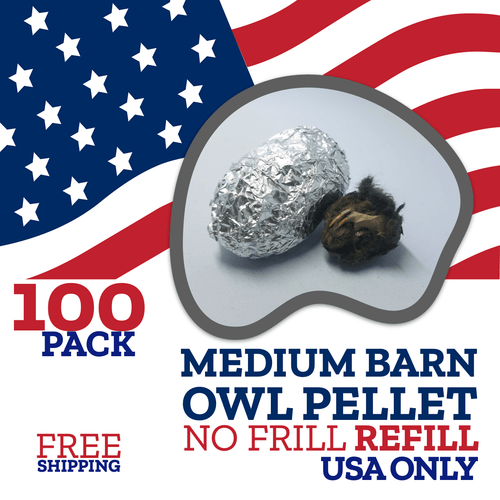|
Northern Hawk Owls can be found in northern areas like Alaska, Canada, Scandinavia, and Russia. Throughout the world, there are three subspecies, but only one can be found in North America.1 They stand 14 to almost 18 inches tall, with a wingspan of about 28 inches. They weigh between a half pound to a full pound.2
These owls are usually active during the day, but can also be found hunting at night.2 They prefer to live in open coniferous forests where they’ll choose cavities to nest in or will take over abandoned raptor nests.3&4
In these nests, females will usually lay 5-7 eggs and will incubate them for around a month. During the first couple weeks, the males will bring food back for everyone, and at some point after that both the parents will go out to hunt. The owlets usually gain the ability to fly at around a month and half old.3
These owls are considered nomadic because they’ll follow their prey. This means that if the populations of their prey declines, they’ll move to another location where there are more of them.4
Why are they called a hawk owl?
These owls are called hawk owls because they share many similarities with hawks when it comes to their appearance and behavior. Their tails have a similar shape as hawks and they perch in the same way hawks do as they search for food.4 Their hunting and flying techniques are similar to hawks and falcons as well.1&4 They’ll mainly eat rodents like voles and mice, but will also eat small birds, weasels, shrews, as well as frogs and insects.3
What threats do they face?
Northern Hawk Owls have several natural predators, like the great horned owl, peregrine falcon, golden eagle, and lynx. Marten and weasels are a big threat to their young.1
Northern Hawk Owls currently have a stable population and aren’t considered vulnerable. However, with warming temperatures in the environment, we may see them move further north as they lose territory.3 They are threatened by forestry, poaching, accidental trapping, and collisions with power lines, cars, and trains.1
Love learning about different owl species? Check out more in our blog here!
Also keep an eye out for our Sherlock Bones activity, coming to you in February!
|



